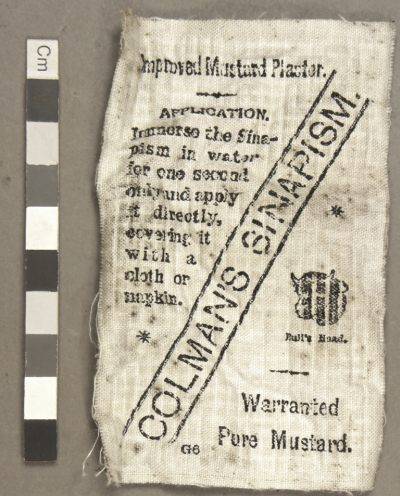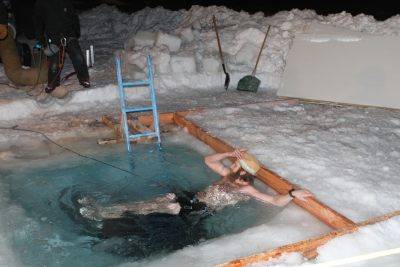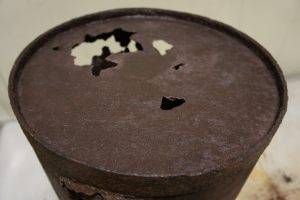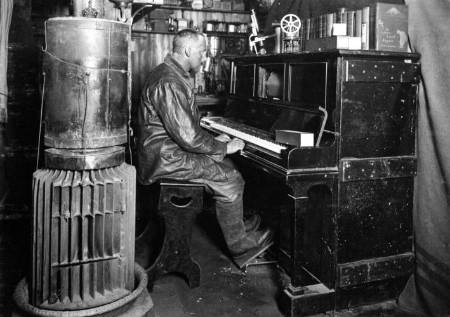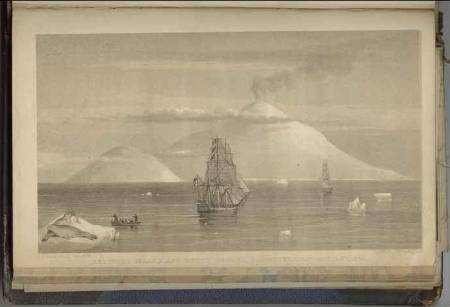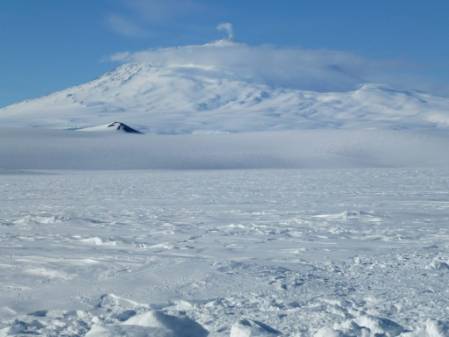Author: Susanne
Date: 22 June 2012
Temperature: -28.2C
Wind Speed: 2 knots
Temp with wind chill: -65C
Sunrise: N/A
Sunset: N/A
This week I am conserving some textiles from Cape Evans. Textiles are one of my favourite items to treat because they are familiar and tend to be related to clothing or utilitarian purposes. Therefore, I was completely surprised to find a small playing card shaped textile that was related to medicinal purposes.
Mustard Plaster © AHT/Susanne
When someone experienced a cut or infection, mustard plasters were used to stimulate healing. They generally consisted of mustard powder (blended with other natural powders such as flour or egg whites) which was packed between two pieces of fabric. This plaster states “Application. Immerse the Sinapism in water for one second only and apply it directly, covering it with a cloth or napkin.”
This plaster doesn’t appear to have been used, but it is an interesting reflection of some of the early medicinal cures they used. Have you ever used one?



